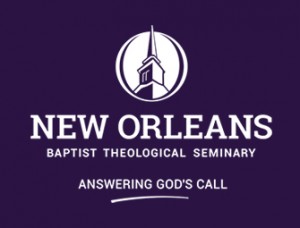By Will Hall, Baptist Message executive editor
ALEXANDRIA, La. (LBM) — I tend to mentally “default” to Luke 2:1-20 when anyone refers to the “Christmas Story.”
But that tendency to narrow the “Christmas Story” to this relatively short passage diminishes the eternal nature of God’s extensive plan of redemption which was in place before the foundations of the world.
Indeed, the title “Christmas Story” almost demeans both the historical truth and the prophetic certainty that defines the account of past and future events tied to the birth of Christ.
Through Isaiah, God explained that His plan to redeem Israel as well as the entire world was the essence of the “Christmas Story” (Isaiah 49:6).
Meanwhile, Genesis 3:15 (specifically when read in conjunction with Galatians 3:16) shows that the plan of salvation, the catalyst for the “Christmas Story” was revealed as early as in the Garden of Eden.
The “Christmas Story” includes God’s promise to Abraham that he would be the father of a great nation and that through him “all the families of the earth shall be blessed” (Gen. 12). A promise repeated to Abraham’s son, Isaac (Gen. 26) and to His grandson, Jacob (Gen. 28).
God’s sparing of Noah, bringing him and his family safely through the worldwide flood was part of the “Christmas Story” (Genesis 7-9). He preserved humanity specifically to fulfill His plan, His purpose, His promise as represented in the birth of Jesus.
The “Christmas Story” was presented through the:
— ram in the thicket (Gen. 22);
— blood on the lintels and the doorposts of the houses of Israel in Egypt (Ex. 12);
— manna (Jesus as the “Living Bread”) and water (Jesus as the “Living Water”) provided in the wilderness (Ex. 16, 17 & Nu. 20);
— sacrificial system that began with the construction of the tabernacle (Lev. 17) and continued until the destruction of the temple;
— brass serpent which healed those who looked up at it (Nu. 21); and
— kinsman redeemer, Boaz (Ruth 4).
When Malachi prophesied that an Elijah would be raised up to prepare the way for Christ (Mal. 4), it was the last word spoken by God to Israel for 400 years — and it was part of the “Christmas Story.”
Admittedly, there is no other passage that so tenderly, so powerfully, so concisely captures the “Christmas Story” as Luke 2:1-20:
— the faithful obedience of Joseph and Mary;
— the worshipful hearts of the humble shepherds;
— the majestic voices of the angelic hosts; and
— the powerful presence of the Savior in the form of a child in a manger. All these elements of that royal birthday combine to present a “picture” in our minds that is “felt” in our hearts. It is an encounter with God that reveals why the Holy Spirit inspired Luke to write this portion of his Gospel as part of his “case” to convince Theophilus about the Person of Christ.
But remember … it is only part of the whole “Christmas Story.”




